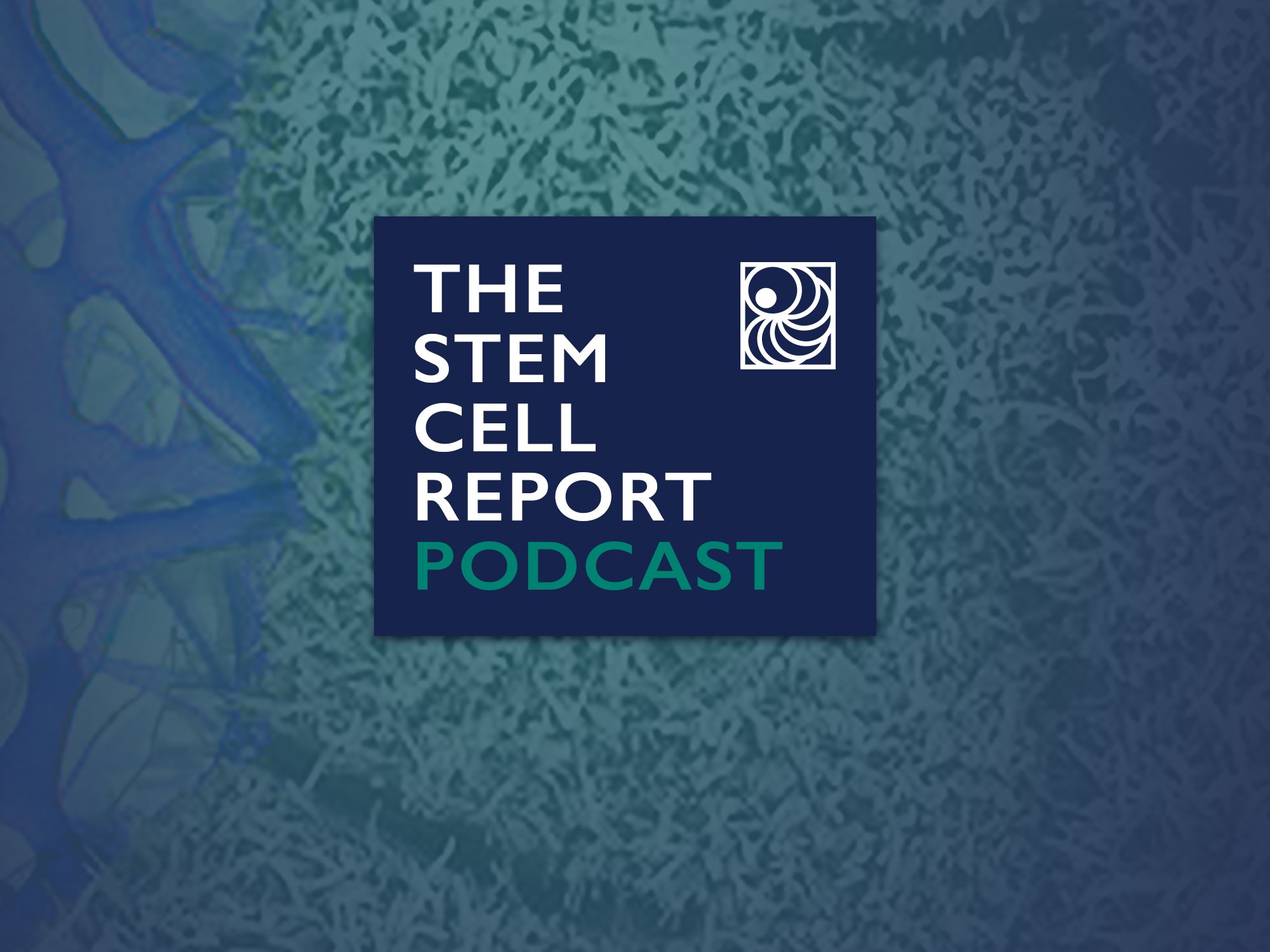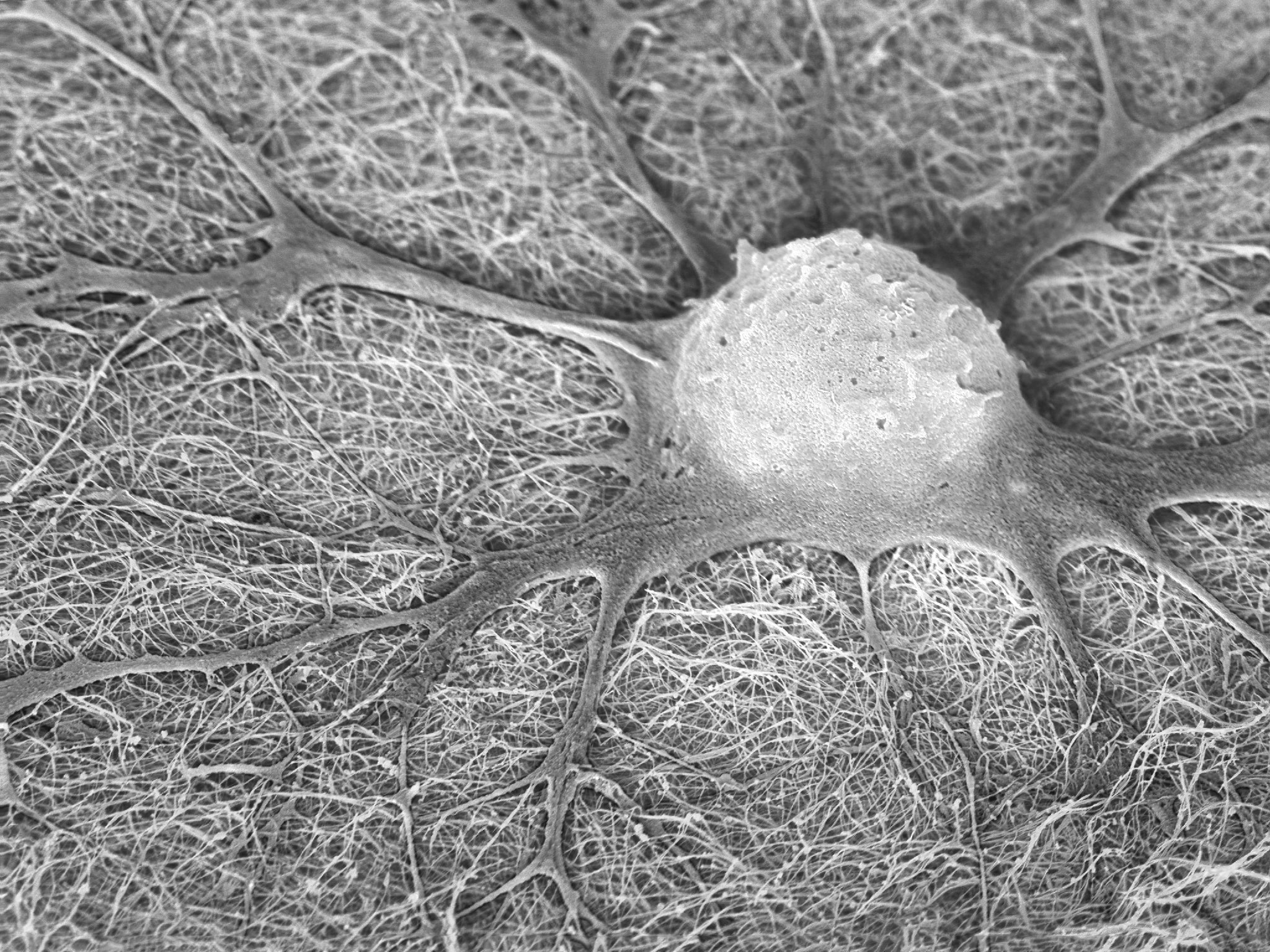ISSCR News

The ISSCR Responds to EMA’s Concept Paper on the Revision of Part IV Guidelines on GMP Specific to ATMPs
On 8 July 2025, the ISSCR submitted comments on the European Medicines Agency's concept paper on the revision of Part IV Guidelines on Good Manufacturing Practice specific to Advanced Therapy Medicinal Products. ISSCR supports the proposal to update t Part IV of the Guidelines to address inconsistencies, clarify ambiguities, and to include guidance on the use of new manufacturing technologies.
The ISSCR recommends incorporating these updates into the main body of EudraLex Volume 4, rather than maintaining them as a separate document. This approach would offer more consistent and clear guidance to ATMP developers.
To request the comments or learn more, contact Denise de Villa.

New Podcast Episode. Stem Cells in Space: Muscle Regeneration in Microgravity
Skeletal muscle is one of the most abundant tissues in the human body, representing approximately 40% of body weight. Under certain circumstances, skeletal muscle can be regenerated through satellite cells, a reservoir of quiescent muscle stem cells, that can be activated with injury or in certain diseases and give rise to newly formed multi-nucleated myotubes and myofibers. However, the regenerative potential of muscle is diminished or is completely absent in the course of normal aging, certain diseases, and space travel. For example, time spent in microgravity can have a profound impact on human physiology, especially the muscular system, as astronauts lose up to 20% of their lean muscle mass and up to half of their strength.
The identification of countermeasures against the effects of muscle regeneration, including microgravity, is an increasing priority for an aging population and continued space travel. Experiments in microgravity, conducted on the International Space Station, offer a unique opportunity to understand muscle regeneration and the effects of microgravity. Our guests today will discuss muscle regeneration, their muscle-on-a-chip platform that mimics salient aspects of impaired muscle regeneration, and the feasibility of drug screening in microgravity.

Member Spotlight: Uta Grieshammer, PhD
ISSCR creates very useful content, such as guidelines, standards, webinars, and I value having access to that.

First Large-Scale Stem Cell Bank Enables Worldwide Studies on Genetic Risk for Alzheimer’s Disease
Alzheimer’s disease (AD) is a common, debilitating neurodegenerative disease affecting about 10 percent of people over the age of 65 and one third of people aged 85 and above. Besides environmental factors, the genes have a strong influence on whether or not a person develops AD during their lifetime. Through genome sequencing of DNA from large groups of healthy people and people with AD, some naturally occurring small changes in the DNA, known as genetic variants, were found to be more frequent in AD patients than in healthy people. As more and more of these AD-associated genetic “risk” variants are discovered, it is now possible to calculate a person’s individual polygenic risk score (PRS), meaning the likelihood of the person to develop AD, with high accuracy. Despite this progress, it is still largely unknown how genetic risk variants, or combinations thereof, cause AD in individual patients and more specifically, how risk variants impact the health and function of brain cells.

Receive ISSCR Press Releases
Sign up be a part of ISSCR’s media list. Media Contact: Kym Kilbourne, Director of Media and Strategic Communications
Subscribe to ISSCR News.
Each month, ISSCR delivers scientific, policy, and community to your inbox .

